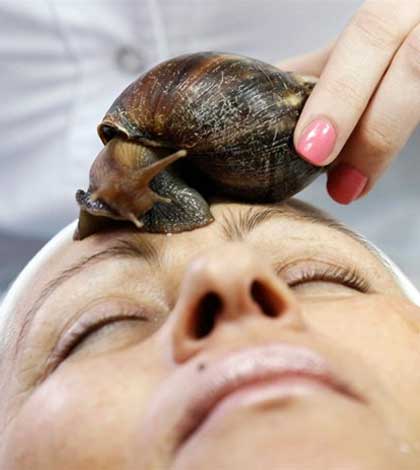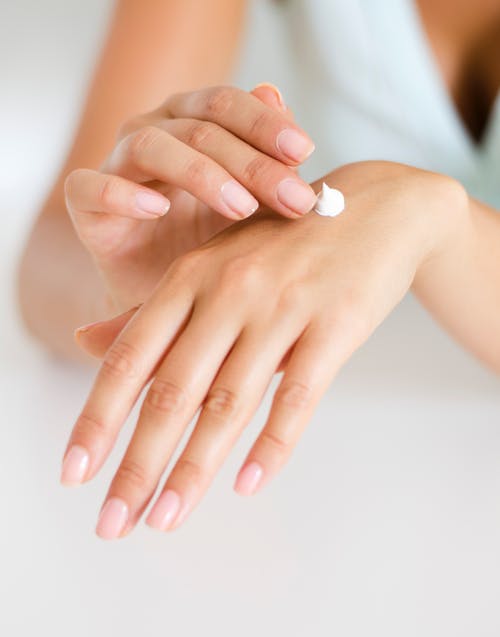If you’re struggling with the unpleasant issue of urine leakage associated with Stress Urinary Incontinence (SUI), then you’ve probably heard about devices called vaginal pessaries. These devices can help eliminate or drastically reduce the amount of leakage that occurs and can make a huge difference in the day-to-day lives of SUI sufferers. There are a bunch of options available on the market which can often make choosing which one could provide the best results a bit confusing. To help, we’ve put together this article discussing vaginal pessaries, their effectiveness and which option might work best for you.
What are vaginal pessaries?
Vaginal pessaries are soft, removeable devices that are inserted into the vagina to help stop urine leakage associated with SUI. Pessaries work by helping to support the internal areas affected by the condition pelvic organ prolapse (POP), which occurs when the bladder, uterus or rectum bulge or sag downwards toward the vagina. This condition is often accompanied by and is a main cause of SUI, which allows urine to leak out when engaging the abdominal muscles, like when coughing, laughing or exercising. POP could be a result of pregnancy, childbirth, obesity, ageing, nerve injuries and certain surgeries. The resulting SUI can have a dramatic effect on quality of life and personal confidence, but luckily a pessary may be able to help.
Types of pessaries
Typical pessaries are manufactured out of silicone or another medical grade material (safe for those with silicone allergies) which is soft, harmless and non-absorbent. Irrespective of the material, it is important for a pessary not to irritate the wearer and not absorb odours or fluids while providing the needed support. There are several types of pessary available:

- Ring – This pessary is circle shaped and is easily inserted and removed. It is also often the first pessary recommended for SUI mitigation by physicians.
- Gehrung – A U-shaped device that is typically molded to the user and is used in cases of advanced uterine prolapse.
- Cube – Also used for advanced stage uterine prolapse, this cube shaped pessary is compacted before insertion into the vagina and expands using suction to support the pelvic areas.
- Gellhorn – This pessary is disk shaped with a knob in the center and is used in cases of severe prolapse. Will require a visit to the doctor for insertion and removal.
- Hybrid shapes – There are a variety of different shapes on the market, with a noteworthy one being produced by the company Uresta®. Its revolutionary bell shape with tapered tip and handle allow for easy insertion and effective support of the urethra muscle to stop leaks.
Most pessaries come in different sizes and finding the correct dimensions is important to how well they work. Your doctor will perform an exam to gauge the severity of prolapse and take measurements to determine which pessary is best for you. However, even with your doctor’s help, finding the most effective pessary may still require a few attempts trying out different fits and sizes.
When are pessaries the best solution?
Pessaries are great because they offer a non-surgical solution and they work. Pessaries also offer a non-disposable option for dealing with the effects of stress urinary incontinence. This means there is nothing to throw away, no odour or mess is created, and women do not need to carry spares. Reusable pessaries are also more than environmentally friendly when compared to disposable options such as pads.
Always consult with your physician about the safety of using a pessary. Pessaries may not be recommended for women under the age of 18, those that are pregnant or anyone who has undergone vaginal surgery recently. Consult your physician if you are menstruating or plan on having sexual intercourse while wearing a pessary device.
Caring for your pessary
Caring for you pessary is very straight forward because removing the devices is easy which makes daily cleaning a breeze. Simply use mild soap and water, then rinse and dry completely before reinserting the device. Some pessaries can be used for up to a year before replacement is required. However, not all pessary devices, such as the Gellhorn can be removed at home and will instead require a visit to your doctor for removal and cleaning every month.
More about uresta® brand pessaries
Pessaries by uresta® have been extensively tested for biocompatibility and are made of 100% medical grade thermoplastic elastomer to be silicone and latex free.
Created by Dr. Scott Farrell, a Canadian urogynecologist, uresta® has been clinically tested, licensed under Health Canada, listed with the FDA and marked CE for sale in Europe.
The revolutionary shape of the uresta® pessary works amazingly well. Its tapered tip section allows for easy insertion, its bell-shaped middle supports the urethra for leakage control while the handle makes placement and removal simple.
In a study conducted by uresta®, 3 out of 4 women surveyed noticed either a complete stop of or a drastic reduction to their leakage. This allowed women using uresta® to feel more confident and comfortable in public settings, and in turn, most women surveyed would highly recommend a uresta® pessary to fellow SUI sufferers.
The content and opinions included in this article are intended for informational purposes only and have been sponsored by Uresta®.





